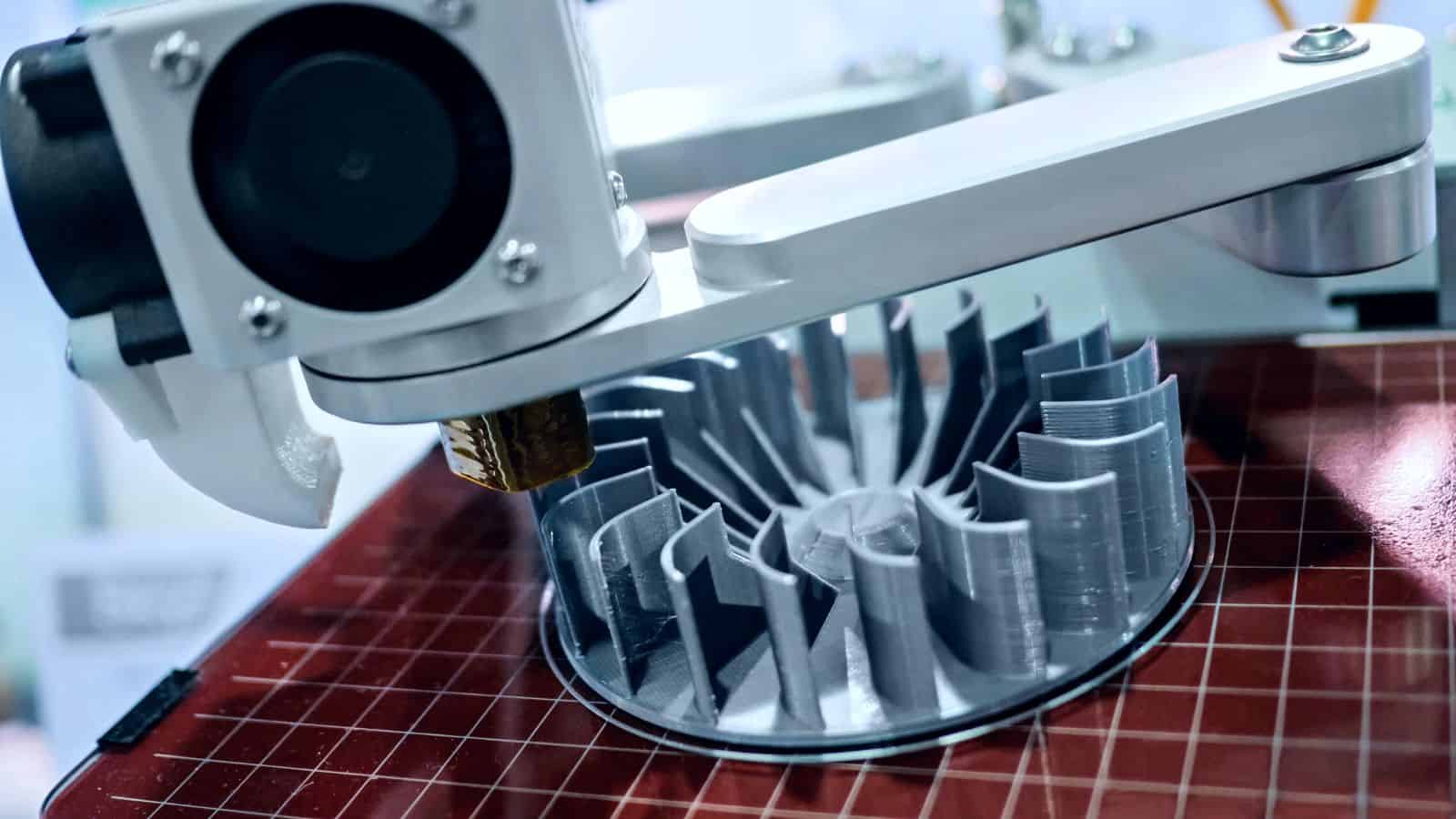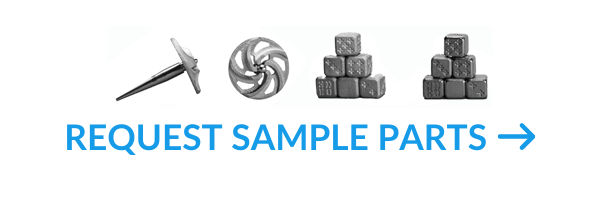With all the hype surrounding the burgeoning production method, some beliefs have become wrongly entrenched.
In the past 5 years, metal additive manufacturing has made great strides as a discipline. Thanks to significant breakthroughs and developments, media coverage and public consciousness of the field have exploded. The mania surrounding 3D printed organs, guns, and other hot-topic items are just recent symptoms of our society’s natural fascination with exciting 3D printing technologies.
As awareness of additive manufacturing has grown in recent years, however, certain misconceptions have taken root. These 5 beliefs are commonly held, but businesses that cling to them might find themselves behind the proverbial eight ball as industrial AM continues to proliferate.
Misconception #1: Metal AM is ready for production
As with any emerging technology, it’s important to keep expectations in check. Today, it’s rare for volume production of any part via 3D printing to be cost competitive with more established methods like CNC machining or injection molding. The parts that are cost competitive are usually very small and complex.
While metal AM is a powerful tool for many manufacturing companies looking to speed up their product development cycles, making lots of parts is off the table for most 3D printing processes. High material costs, slow throughput, and high post-processing requirements (more on this in a moment) make production runs inefficient. If you DO want to get started today, 3DEO is one of only a handful of organizations with the infrastructure in place to handle full production efficiently.
Misconception #2: 3D printing will come to dominate the manufacturing landscape
It’s true that AM, and metal AM in particular, is growing at a breakneck pace. This rapid expansion has led many to speculate that the technology will supplant traditional manufacturing techniques. After all, if the capacity is there, why not 3D print everything?
Unfortunately, it’s not that simple. There are too many factors limiting the efficiency of 3D printing processes for large, simple parts. For most applications, casting, forging, machining, or molding will remain the most economical solution. Additive manufacturing will certainly take its place among other fabrication techniques, but it won’t be the panacea for all metal manufacturing.
Misconception #3: Parts are ready to use as soon as they’re printed
Part of the misrepresentation of 3D printing as the end-all solution has to do with the notion that all that’s required to bring a part into production is uploading a CAD file. Components don’t leave the build tray ready to go like the Star Trek Replicator. Invariably, parts require significant postprocessing to be ready to use.
Most metal AM techniques produce parts with much higher roughness averages (Ra) than what’s expected in conventional manufacturing. Tolerances usually aren’t up to snuff. As a result, heat treatment or some type of machining is usually necessary to hit the part tolerances required of most applications. With most metal 3D printing, it’s safe to expect postprocessing to account for as much as 50 percent of final part cost.
3DEO is one of the only metal AM service providers capable of approaching the surface finish, tolerances, and part quality of traditional methods.
Misconception #4: Metal AM is mostly used to produce ornaments and trinkets, not commercial components.
The excitement around 3D printing for at-home applications has obscured a larger trend. The fact is that companies from all corners of industry have found important uses for the technology in their processes.
From GE to Porsche to Airbus, large OEMs are increasingly integrating metal AM into their regular production schedules. As the technology improves, so too does speed and quality, making it feasible to produce highly complex parts at scale. Innovative manufacturers have found that 3D printing certain components unlocks performance benefits that wouldn’t be possible given the limitations of conventional means.
Misconception #5: 3D printing is still just a low volume method.
While it’s fair to characterize 3D printing to date as only efficient for prototyping or extremely low volume runs, that’s changing very quickly. Some AM service bureaus like 3DEO have the technology and processes in place to accommodate large orders at a cost that’s on par with molding or casting. That’s pushing the boundaries of what’s economically efficient for manufacturers.
3DEO, for instance, recently received an order for 28,000 pieces. Given that 3DEO’s production capacity will double Q1 2019, even bigger numbers could become the norm. With our proprietary printing systems, high level of automation, and relentless focus on driving cost out of the process, we expect to be handling orders of 250,000 pieces per year and up. If you’re interested in seeing what volume 3D printing can do for your supply chain, give us a shout. We’re more than happy to advise.



